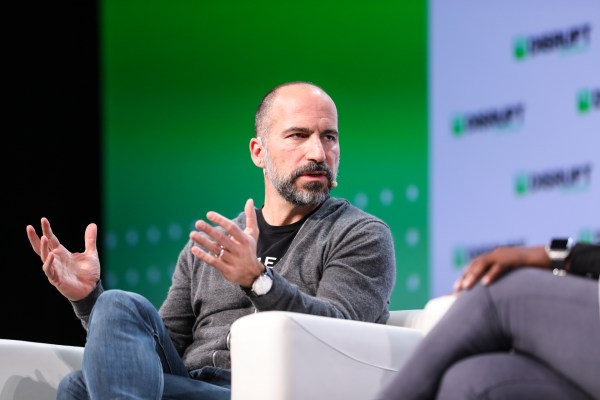Uber has laid off 435 employees across its product and engineering teams, the company announced today. Combined, the layoffs represent about 8% of the organization, with 170 people leaving the product team and 265 people leaving the engineering team.
The layoffs had no effect on Eats, which is one of Uber’s top-performing products, and Freight, according to a source familiar with the situation.
Meanwhile, the company is lifting the hiring freeze on the product and engineering teams that has been in effect since early August, according to the source.
“Our hope with these changes is to reset and improve how we work day to day — ruthlessly prioritizing, and always holding ourselves accountable to a high bar of performance and agility,” an Uber spokesperson told TechCrunch. “While certainly painful in the moment, especially for those directly affected, we believe that this will result in a much stronger technical organization, which going forward will continue to hire some of the very best talent around the world.”
Of those laid off, more than 85% are based in the U.S.; 10% are in Asia-Pacific and 5% are in Europe, the Middle East and Africa, according to the source.
The layoffs came after Uber CEO Dara Khosrowshahi asked every member of his executive leadership team if they were to start from scratch, would their respective organizations look the way they do today?
“After careful consideration, our Engineering and Product leaders concluded the answer to this question in many respects was ‘no,’ ” the spokesperson said.
Those leaders are Chief Product Officer Manik Gupta and CTO Thuan Pham. They looked at team size, identified duplicate roles and overlapping work, as well as individual performance to determine who would be laid off, the source said. That’s how they landed on focusing more on the design and research teams from the product side.
“Previously, to meet the demands of a hyper-growth startup, we hired rapidly and in a decentralized way,” the spokesperson said. “While this worked for Uber in the past, now that we have over 27,000 full-time employees in cities around the world, we need to shift how we design our organizations: lean, exceptionally high-performing teams, with clear mandates and the ability to execute faster than our competitors.”
These layoffs come shortly after Uber laid off 400 people from its marketing team. In Q2 2019, Uber lost more than $5 billion — its biggest quarterly revenue loss to date — though a chunk of its losses were a result of stock-based compensation expenses for employees following the company’s IPO in May. While it may seem these layoffs are in response to those quarterly losses, Uber says the conversations have been ongoing.
As Uber lays off its W-2 employees, it’s simultaneously investing in ensuring its 1099 independent contractors remain classified in that way. In light of gig worker protection bill AB-5 advancing through the California legislature, Uber, along with Lyft and DoorDash, put $30 million toward a 2020 ballot initiative that would enable them to keep their drivers as independent contractors. If AB-5 passes, Uber would see a significant uptick in costs.
Uber is currently trading at $33.14 per share, well below its IPO pricing of $45.
Here’s Uber’s full statement:
Our CEO has asked everyone on our management team a simple but important question: if we started from scratch, would we design our organizations as they stand today? After careful consideration, our Engineering and Product leaders concluded the answer to this question in many respects was no. Previously, to meet the demands of a hyper-growth startup, we hired rapidly and in a decentralized way.
While this worked for Uber in the past, now that we have over 27,000 full-time employees in cities around the world, we need to shift how we design our organizations: lean, exceptionally high-performing teams, with clear mandates and the ability to execute faster than our competitors.
Today, we’re making some changes to get us back on track, which include reducing the size of some teams to ensure we are staffed appropriately against our top priorities. These were incredibly difficult calls as it means some of our employees no longer have a role, specifically around 170 people in our Product group and 265 people in Engineering, which is roughly 8 percent of those two orgs.
Our hope with these changes is to reset and improve how we work day to day—ruthlessly prioritizing, and always holding ourselves accountable to a high bar of performance and agility. While certainly painful in the moment, especially for those directly affected, we believe that this will result in a much stronger technical organization, which going forward will continue to hire some of the very best talent around the world.
